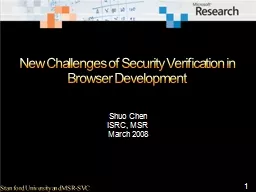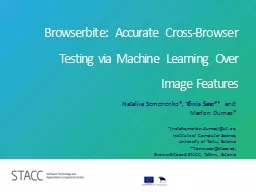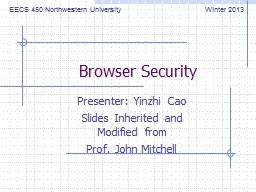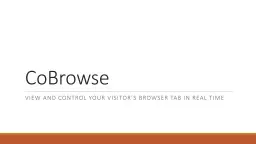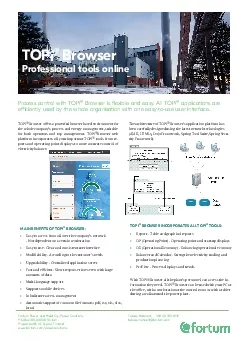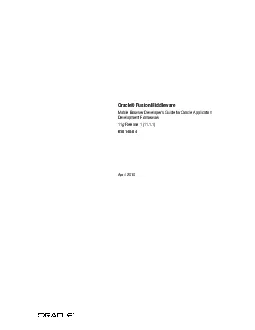PPT-Abusing Browser Address Bar for Fun and
Author : faustina-dinatale | Published Date : 2015-11-20
Profit An Empirical Investigation of Add on Cross Site Scripting Attacks Presenter Jialong Zhang Roadmap Introduction Background and Motivation Experiments
Presentation Embed Code
Download Presentation
Download Presentation The PPT/PDF document "Abusing Browser Address Bar for Fun and" is the property of its rightful owner. Permission is granted to download and print the materials on this website for personal, non-commercial use only, and to display it on your personal computer provided you do not modify the materials and that you retain all copyright notices contained in the materials. By downloading content from our website, you accept the terms of this agreement.
Abusing Browser Address Bar for Fun and: Transcript
Download Rules Of Document
"Abusing Browser Address Bar for Fun and"The content belongs to its owner. You may download and print it for personal use, without modification, and keep all copyright notices. By downloading, you agree to these terms.
Related Documents



